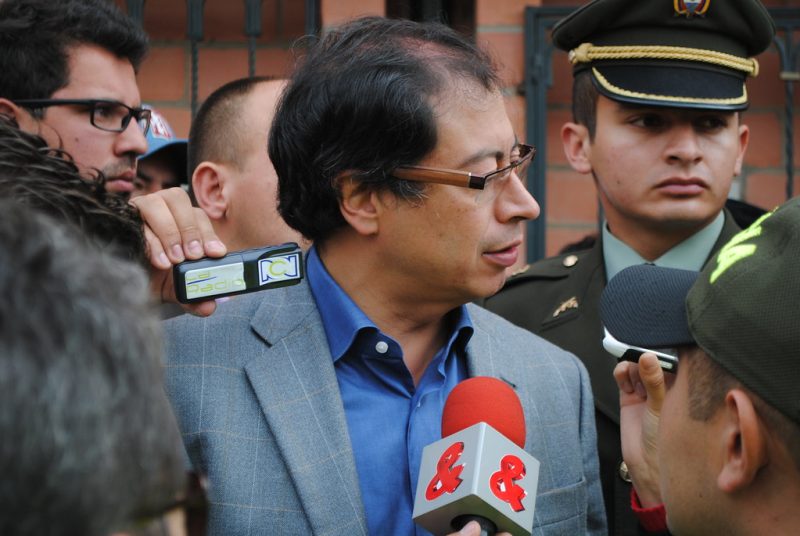The Colombian government and the Estado Mayor Central (E.M.C.) announced a ceasefire on Sunday, promising to suspend offensive actions. The length of the ceasefire was not included in the recent announcement, although both parties have said that it will initially last for 10 months. The Colombian government is expected to issue an official ceasefire decree on October 16th.
The E.M.C. is a dissident group of the former Revolutionary Armed Forces of Colombia (F.A.R.C.) guerilla movement. Led by former F.A.R.C. commanders who rejected the group’s 2016 peace deal with the Colombian government, the E.M.C. has continued to participate in armed activity, comprising about 3,530 current members across Colombia and taking part in illegal activities such as drug trafficking and illegal gold mining. Thus, altercations between the Colombian military and the E.M.C. have frequently broken out. Now that the E.M.C. has agreed to the ceasefire and to peace negotiations, this may mark the start of a road to peace between the two sides.
Maintaining that peace is the government’s most important task, says Colombian foreign minister Alvaro Leyva, with a nod to the potential progress in President Gustavo Petro’s attempts to create “total peace” for Colombia. “I wish to underscore the fact that the dialogues which are currently underway with the various groups and armed actors are a fundamental tool to achieve peace throughout the country, and to alleviate the humanitarian impact of the armed and criminal violence,” Leyva said.
President Petro has expressed his commitment to positively transforming the marginalized rural areas that have been the foregrounds of conflict and violence relating to rebel groups.
Colombia has long struggled to deal with rebel groups and ensure the safety of its people. Although the F.A.R.C. was effectively disbanded in 2016, the guerilla group had been involved in the Colombian conflict since its inception in 1964, meaning it was active for almost 60 years of internal violence. It took four years of negotiation with the F.A.R.C. to achieve the ceasefire accord, but those negotiations resulted in a major step towards ending the internal conflict.
This new ceasefire with the E.M.C. can be seen as a continuation of the 2016 peace agreement’s success, affirming that negotiation creates valuable progress on the road to ending armed violence. Fresh off its success, the Colombian government is pushing other rebel groups, including the Segunda Marquetalia (another F.A.R.C. dissident group) and the National Liberation Army (E.L.N.), to compromise on similar peace efforts. These talks are a great success for President Petro’s first year in office, as well as a promising step towards putting the violence and instability that has haunted Colombia for decades to rest.
- 29 Nigerien Soldiers Killed In Attack By Armed Insurgents - January 17, 2024
- EU Ends Ukrainian Grain Ban While Some Member States Implement Their Own - December 20, 2023
- Germany Pledges To Invest 4 Billion Euros In Green Energy Projects In Africa - December 11, 2023


